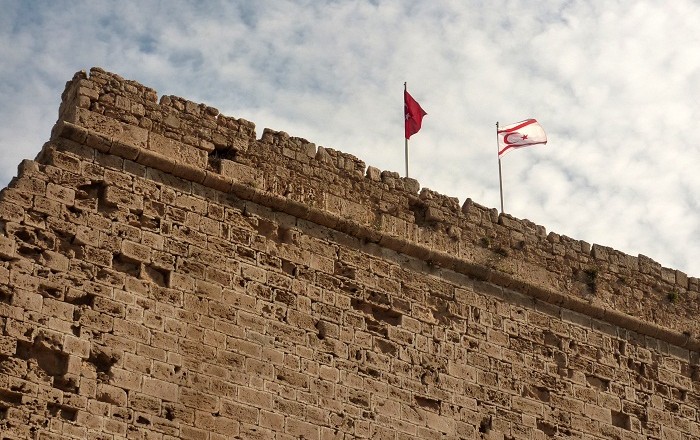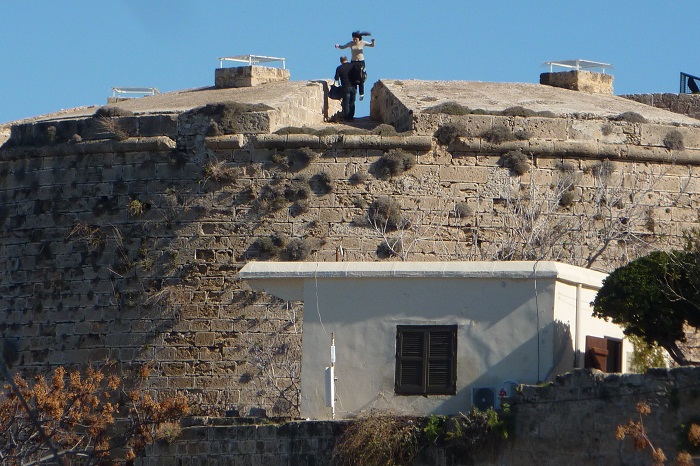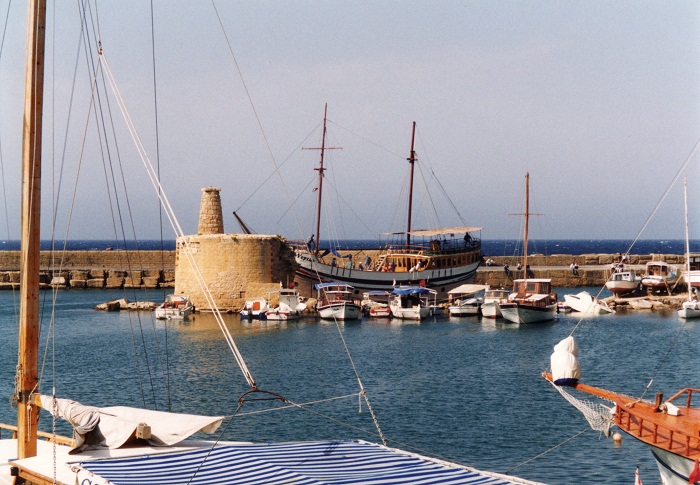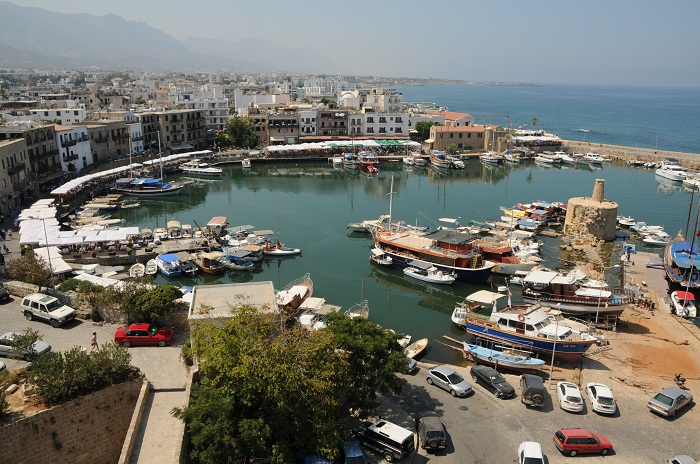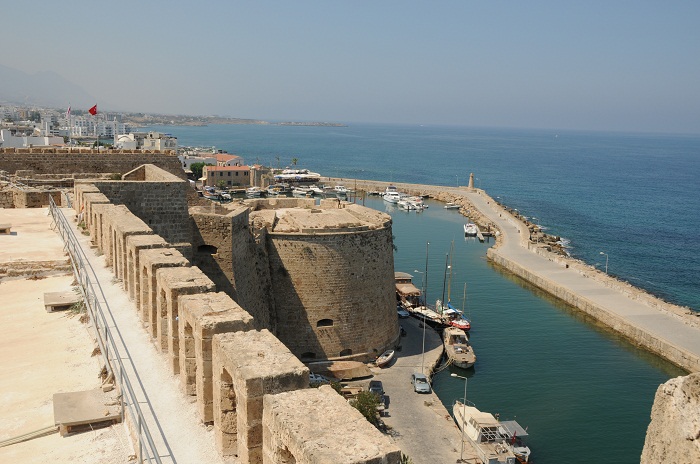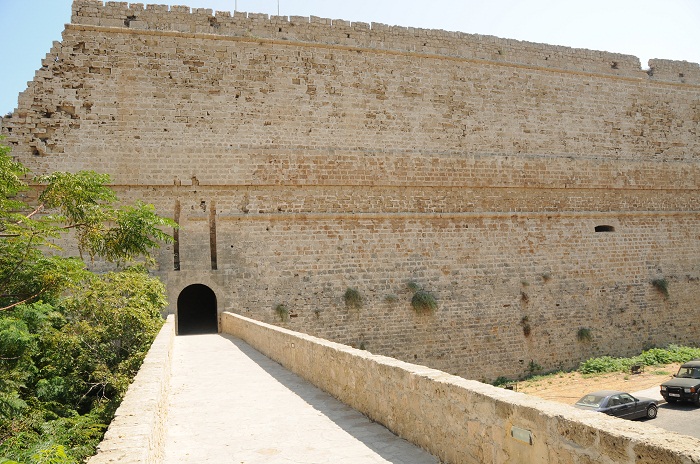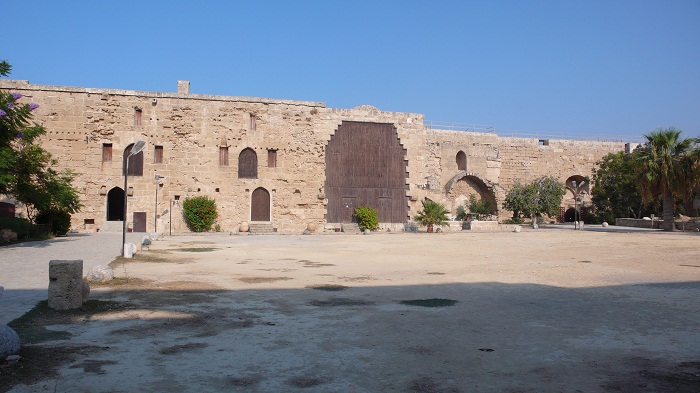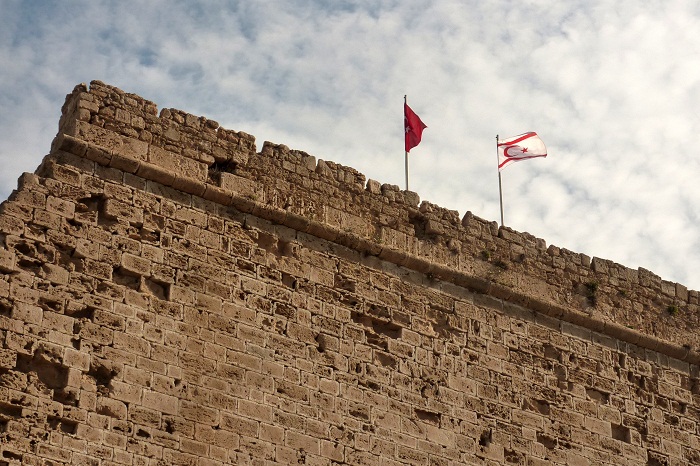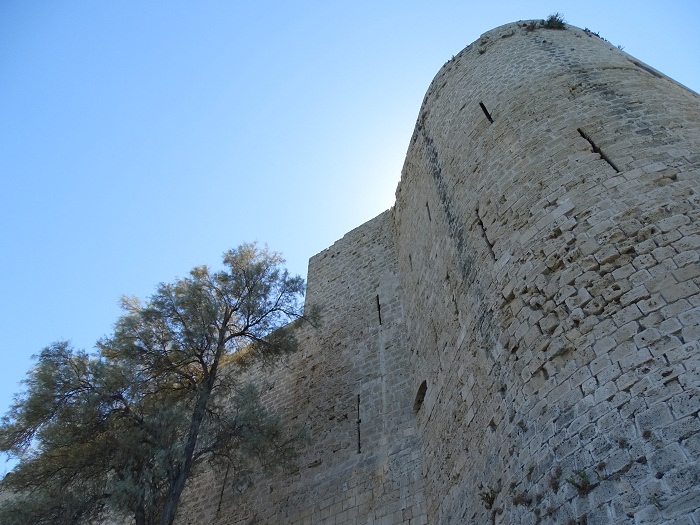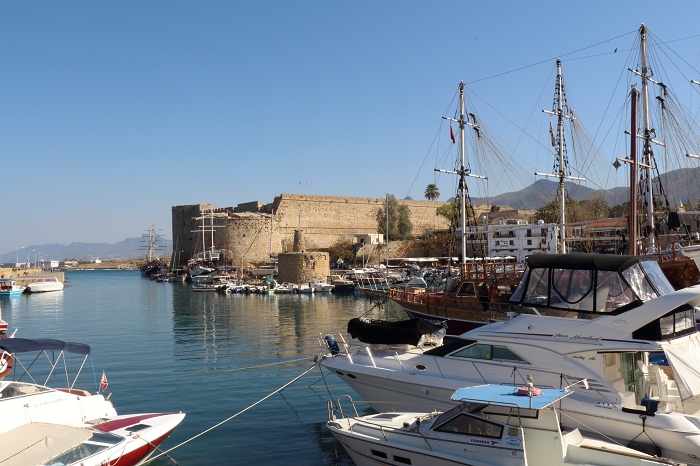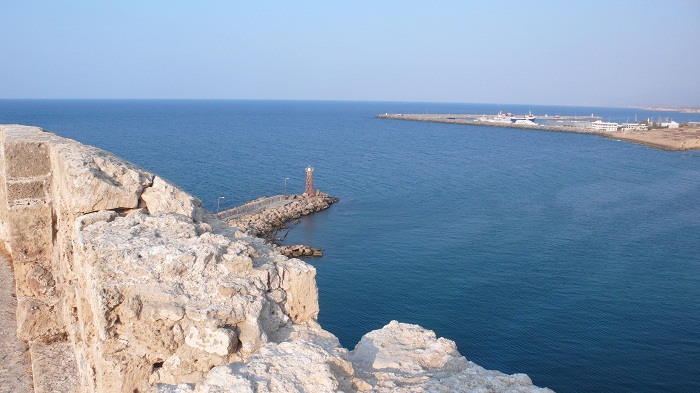Kyrenia Castle is a historic castle which is considered to be one of the oldest castles that can be found on the island of Cyprus. Located in the city of Kyrenia, which is within the norther part of the island, more precisely part of the Turkish Republic of Northern Cyrpus, it was rebuilt by the Venetians over a previous Crusader fortification, as it was easier to rebuild something that was there in the past. As the Castle dominates the old harbor, it is considered to be the most complete castle on the island, where in Byzantine time, around 7 century, it was mentioned that the castle has been built so that the town would be protected from Arab raids.
The first mention of the castle occurs around 1191, when King Richard the Lionheart of England captured it on his way to the Third Crusade, and he did this by defeating Isaac Comnenus who was an upstart local governor who had proclaimed himself emperor.
After a short period, Richard sold the island to the Knights Templar, so that later it would be sold to Richard’s cousin Guy de Lusignan, the former king of Jerusalem. During this time, the castle played an important role and underwent a lot of change which mainly were restorative work. Today what can be seen from the castle is actually the bulk of the rebuilt structure from the Venetians. The most significant and most distinguishable exterior features are the round towers that too were built by the Venetians.
As soon the Venetians they took over Cyprus, they feared that the Ottomans, who were then on the mainland just a few miles away and rapidly gaining strength, presented a potential challenge to the Venetian ownership of the island. This was a time when warfare was moving away from knights and archers, to gunpowder, cannon and it was the time when the use of artillery was being developed.
Still, in 1570, Kyrenia surrendered to the Ottomans, where they too made changes to the castle, but unfortunately the British removed these during their occupation. Nowadays what can be noticed is that the castle contains the tomb of the Ottoman Admiral Sadik Pasha, and when one wants to visit this interesting historic fortification, they enter the castle via a bridge over a road which was originally part of a moat and used as an inner port till around 1400.
On the left as one enters, a passage can be seen that leads to the Templar church of St. George which has been restored. As one continues up the slope to the parade ground, the tomb of the Ottoman Admiral, Sadik Pasha, will be passed and then the parade ground is lined with guard rooms, stables and living quarters. There are also ramps that lead to the upper sections of the walls, and the views from the top make the climb worthwhile.

